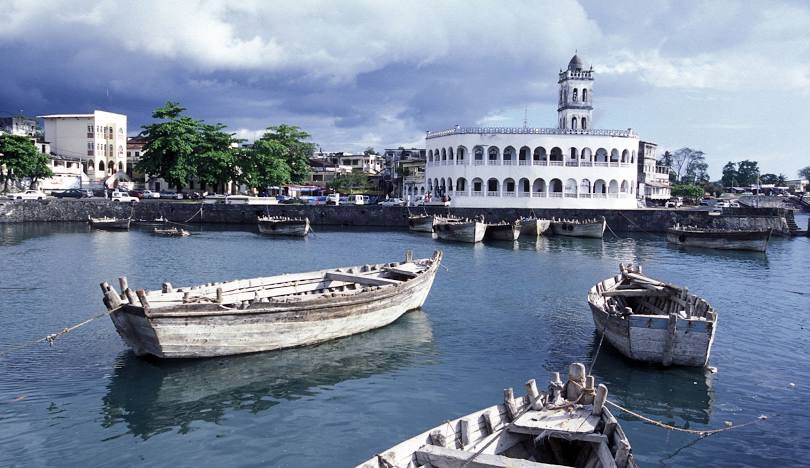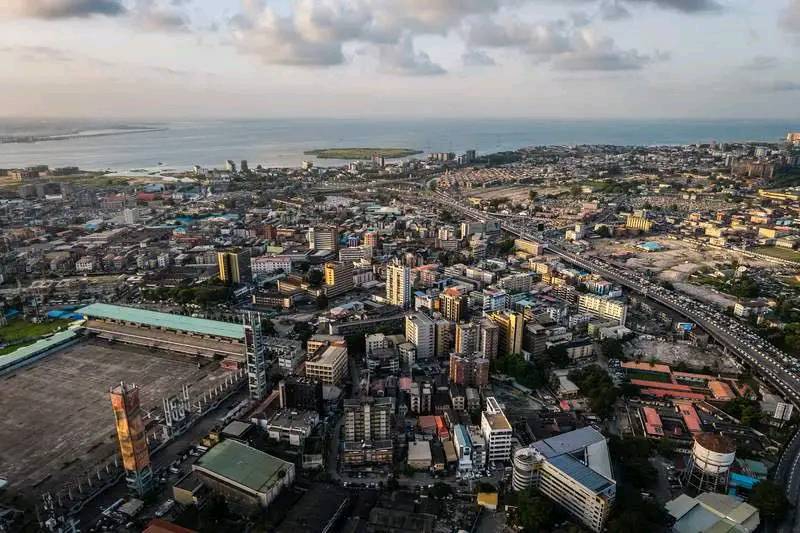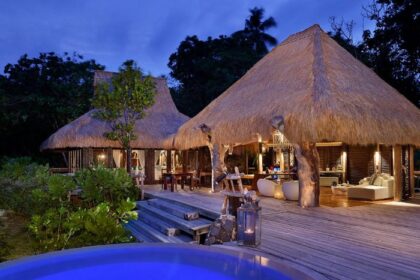At a Glance
- Lagos Island and Sandton dominate Africa’s finance and tech despite their compact size.
- Port Louis, Victoria, and Malabo drive growth through tourism, oil, and offshore finance.
- These small cities power national GDPs via trade, banking, services, and logistics.
Africa’s economic story is often told through the rise of sprawling megacities, but some of the continent’s most dynamic economic powerhouses are surprisingly compact.
From tiny islands to bustling urban districts, these small cities command outsized influence through finance, trade, tourism, and strategic industries.
Lagos Island in Nigeria, covering just nine square kilometers, serves as the nerve center of West Africa’s banking and tech ecosystem.
Sandton, a district within Johannesburg, has earned the title of Africa’s wealthiest square mile, home to the Johannesburg Stock Exchange and regional headquarters of major multinationals. In the Indian Ocean, Victoria and Port Louis thrive as vital hubs of tourism and offshore finance, while Malabo and Libreville leverage oil wealth to drive impressive per capita incomes.
Despite their limited footprints, these cities demonstrate extraordinary economic efficiency and productivity.
Their diverse economies span sectors as varied as diamond trading in Gaborone, logistics and military services in Djibouti City, and cutting-edge technology in Kigali.
Collectively, they illustrate how strategic location, visionary leadership, and focused investment can transform even the smallest territories into engines of prosperity.
Shore Africa spotlights the top 15 smallest African cities by size but largest economies, showcasing their remarkable achievements and the industries that propel their growth.
1. Lagos Island, Nigeria
Area: ~9 km²
Economic Punch: The banking, tech, and trade nucleus for all of West Africa.
Home to the Nigerian Stock Exchange, central banks, and the headquarters of multinationals.
Approximate Annual GDP: Tens of billions of USD Nigeria’s main financial and commercial hub. Core of Lagos State’s ~ $136 billion GDP (the largest subnational economy in Africa). Lagos Island alone likely exceeds $40–$60 billion in output when you factor in banking, tech, and ports.
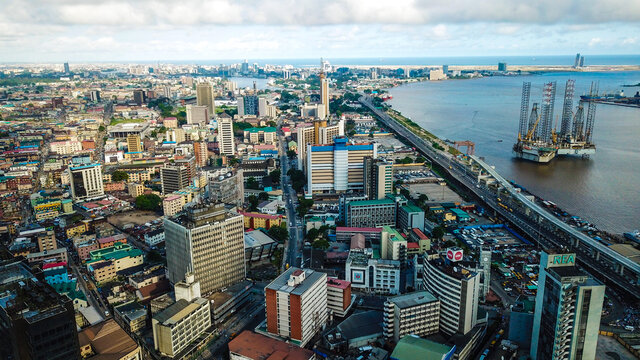
2. Sandton, South Africa
Area: ~143 km²
Economic Punch: Africa’s wealthiest square mile.
Johannesburg Stock Exchange, all major banks, and regional HQs of dozens of multinationals.
Approximate Annual GDP: $50–$70 billion Part of Johannesburg’s ~ $130 billion metro economy. Sandton CBD is the richest node, generating a massive chunk via finance, stock exchange, real estate, and headquarters.
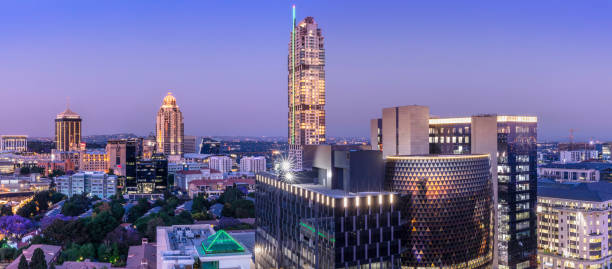
3. Port Louis, Mauritius
Area: ~42 km²
Economic Punch: Major Indian Ocean port and financial hub.
Offshore banking, logistics, re-export trade, and strong tourism.
Approximate Annual GDP: $12–$15 billion Mauritius GDP ~ $17–$20 billion, with Port Louis the beating heart of trade and finance. Nearly 70 percent of financial activity flows through Port Louis.
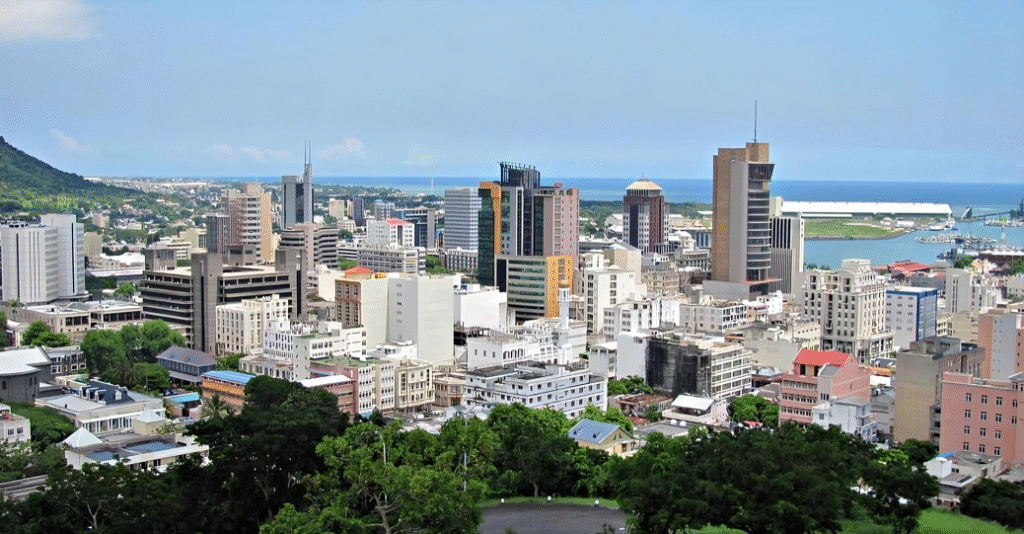
4. Malabo, Equatorial Guinea
Area: ~21 km²
Economic Punch: Significant oil revenues—among the highest per capita GDP in Africa.
Government and oil sector spending drive the economy.
Approximate Annual GDP: ~$10–$12 billion Equatorial Guinea’s GDP ~$13 billion. Malabo is the oil administration center.
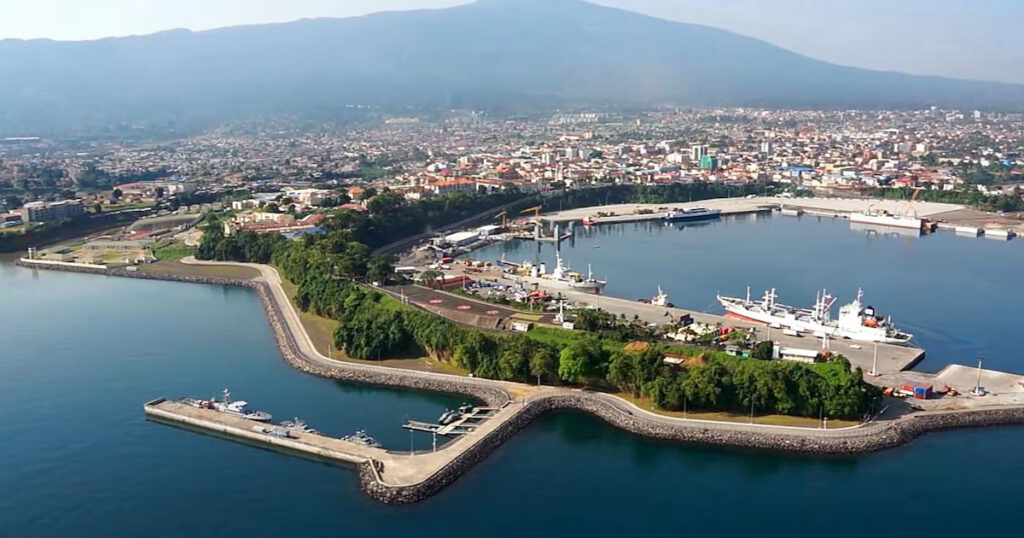
5. Libreville, Gabon
Area: ~65 km²
Economic Punch: Oil wealth, services sector, commerce.
High GDP per capita relative to Central Africa.
Approximate Annual GDP: ~$9–$11 billion Gabon GDP ~$21 billion, with Libreville hosting most commerce, administration, and services.
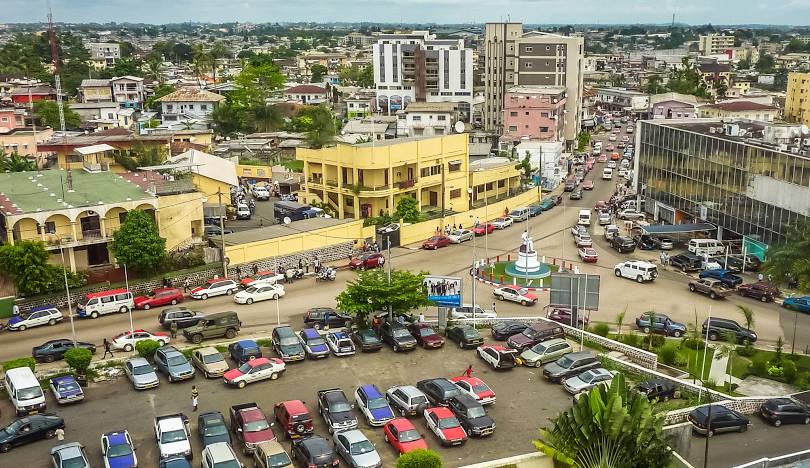
6. Gaborone, Botswana
Area: ~169 km²
Economic Punch: Diamond trade hub, financial services, very high GDP per capita for Southern Africa.
Approximate Annual GDP: ~$8–$10 billion Botswana GDP ~$20 billion, with Gaborone handling diamonds, banking, and government.
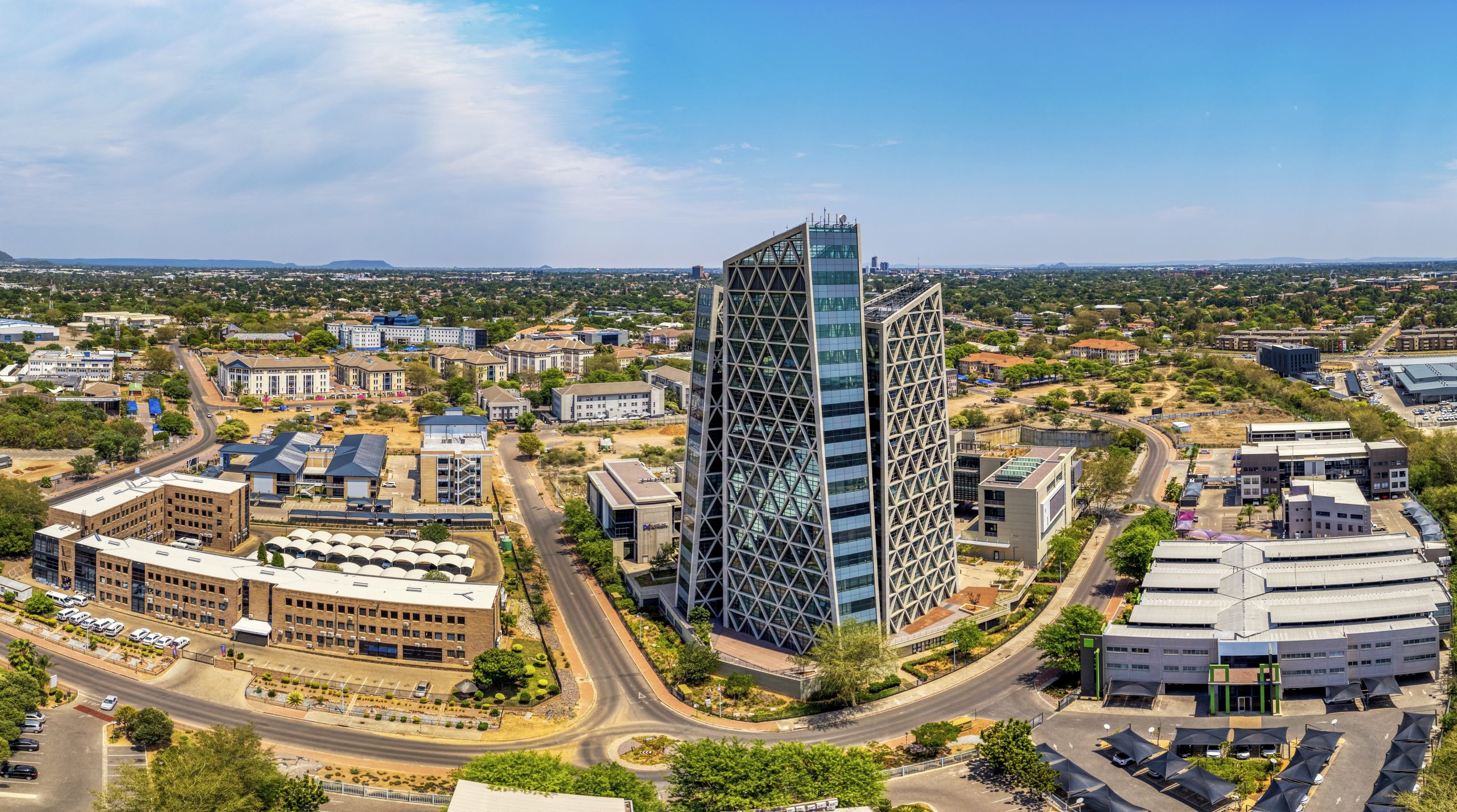
7. Djibouti City, Djibouti
Area: ~200 km²
Economic Punch: Strategic shipping and logistics (port leases to Ethiopia and military bases).
High revenues relative to population and size.
Approximate Annual GDP: ~$6–$8 billion Djibouti GDP ~$3–$4 billion, but port revenues, military rents, and services give the city a GDP much larger per capita.
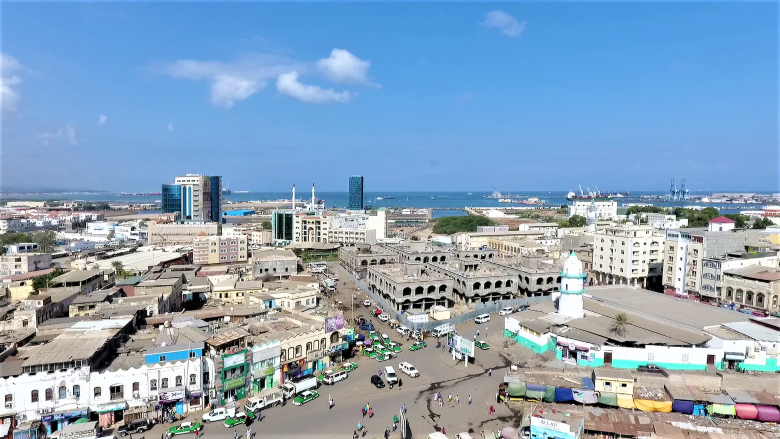
8. Victoria, Seychelles
Area: ~20 km²
Economic Punch: One of Africa’s highest GDP per capita.
Tourism, offshore services, fisheries.
Approximate Annual GDP: ~$2–$3 billion Seychelles GDP ~$2.4 billion—Victoria is the main driver (tourism, offshore).
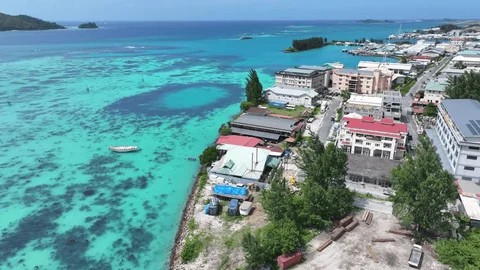
9. Kigali, Rwanda
Area: ~730 km²
Economic Punch: Fast-growing tech and services hub.
Diversifying economy with regional influence.
Approximate Annual GDP: ~$7–$8 billion Rwanda GDP ~$14 billion. Kigali generates at least 50% of all economic output—services, finance, government.
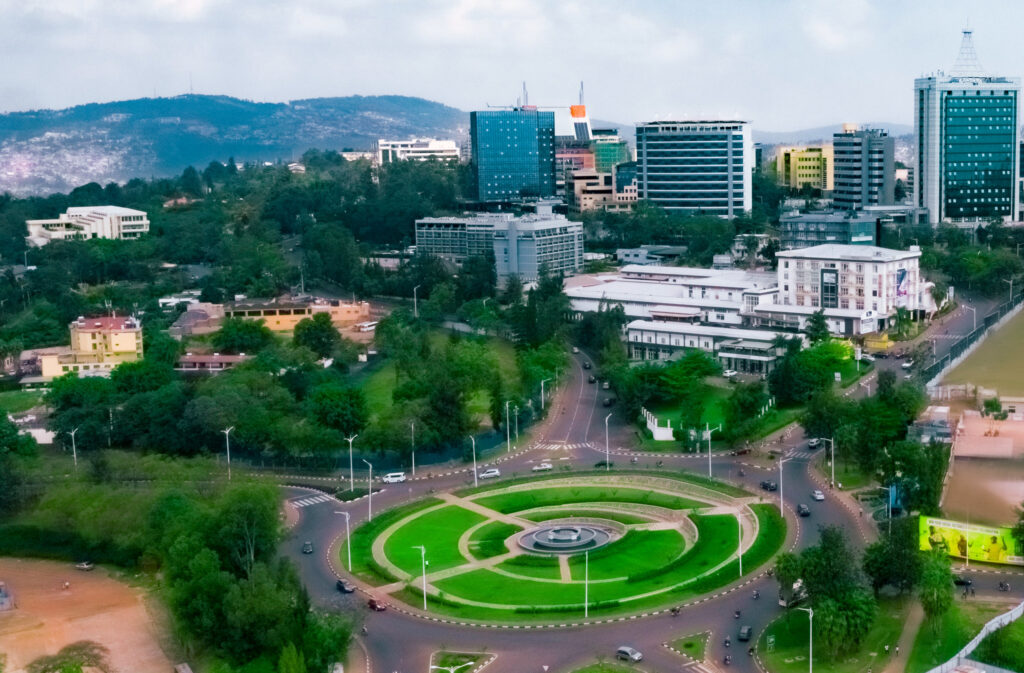
10. Windhoek, Namibia
Area: ~645 km²
Economic Punch: Mining headquarters, logistics, government services.
Approximate Annual GDP: ~$6–$7 billion Namibia GDP ~$14 billion—Windhoek is the administrative and services hub.
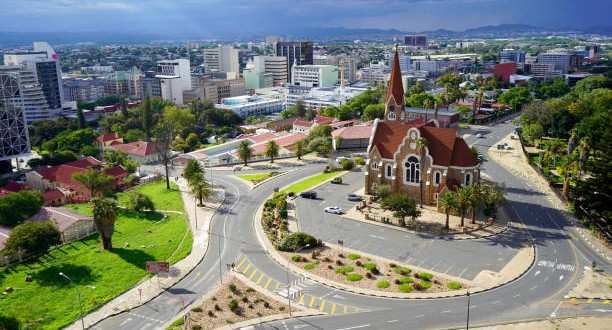
11. Praia, Cape Verde
Area: ~100 km²
Economic Punch: Services-driven economy with finance, tourism, and diaspora remittances.
Approximate Annual GDP: ~$1–$1.5 billion Cape Verde GDP ~$2 billion.
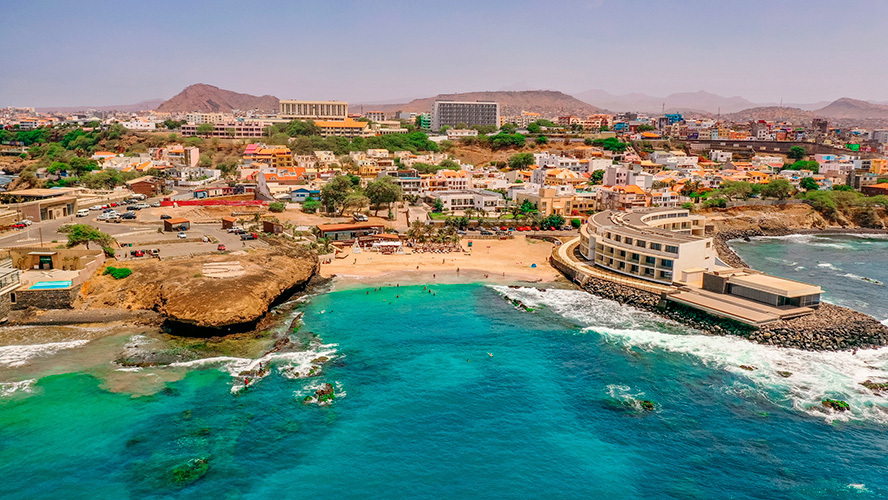
12. Banjul, The Gambia
Area: ~12 km²
Economic Punch: Port and finance economy, tourism, regional trade.
Approximate Annual GDP: ~$1 billion Gambia GDP ~$2 billion, but Banjul itself is small in population and volume.
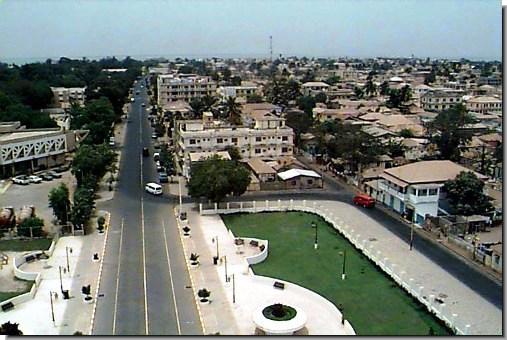
13. Maseru, Lesotho
Area: ~138 km²
Economic Punch: Government administration, textiles manufacturing, trade with South Africa.
Approximate Annual GDP: ~$1–$1.5 billion Lesotho GDP ~$2.5 billion.
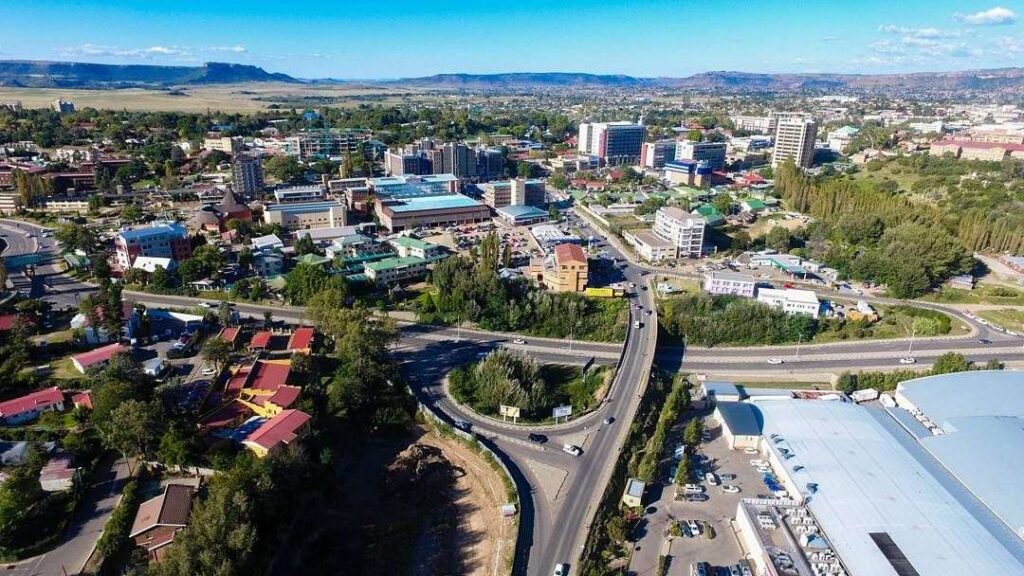
14. Asmara, Eritrea
Area: ~45 km²
Economic Punch: Government services, nascent mining.
Approximate Annual GDP: <$1 billion Eritrea GDP ~$2 billion—Asmara has the bulk of administration but limited commercial scale.
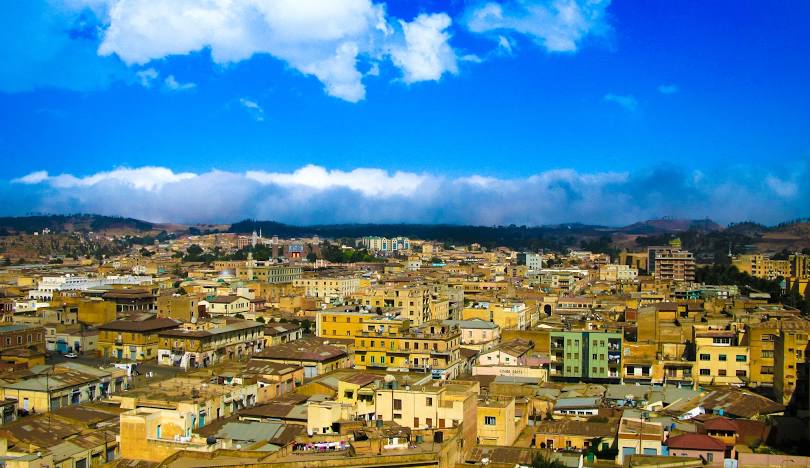
15. Moroni, Comoros
Area: ~30 km²
Economic Punch: Smaller economy—port trade and government services with an approximate Annual GDP of less than $1 billion. Comoros’ GDP is ~$1.3 billion—Moroni is the capital, but tiny in economic volume.
